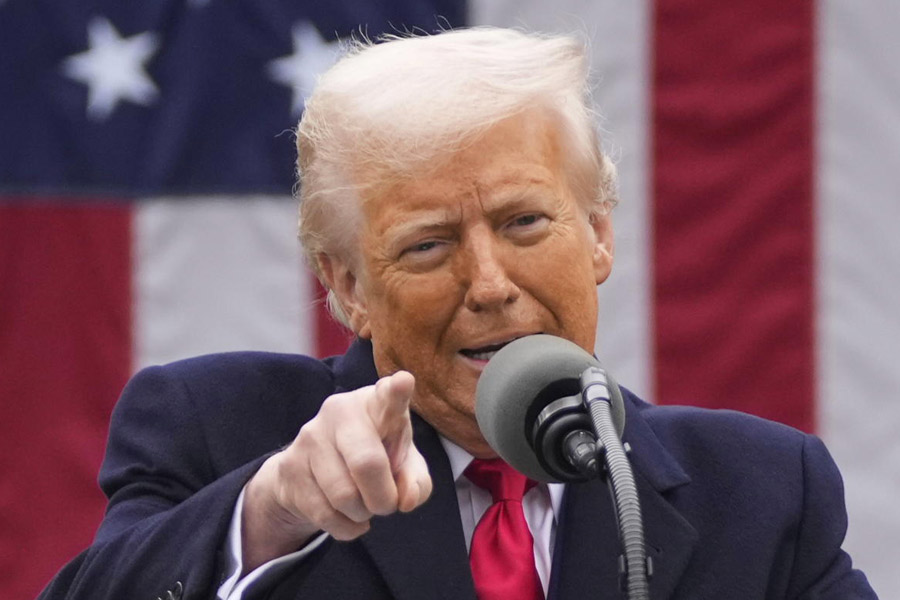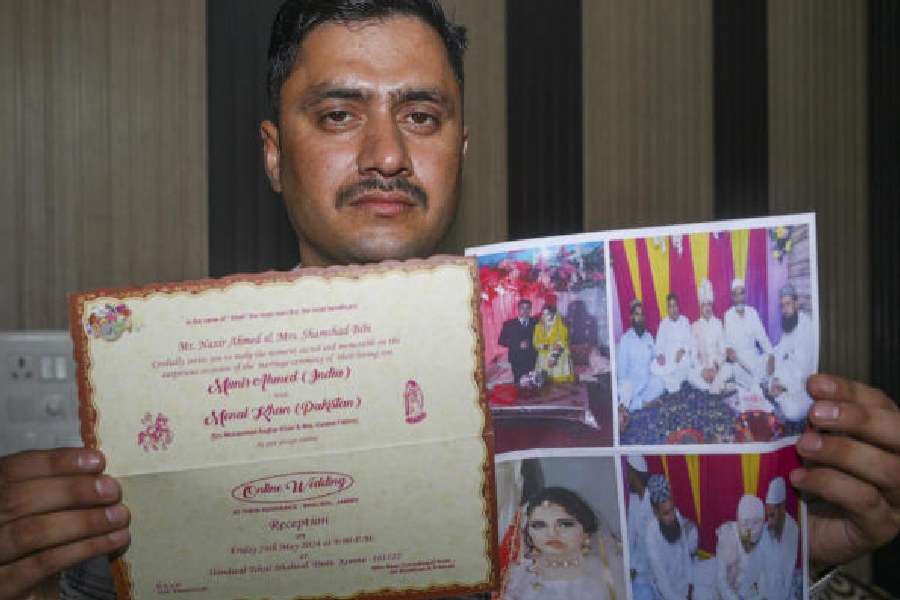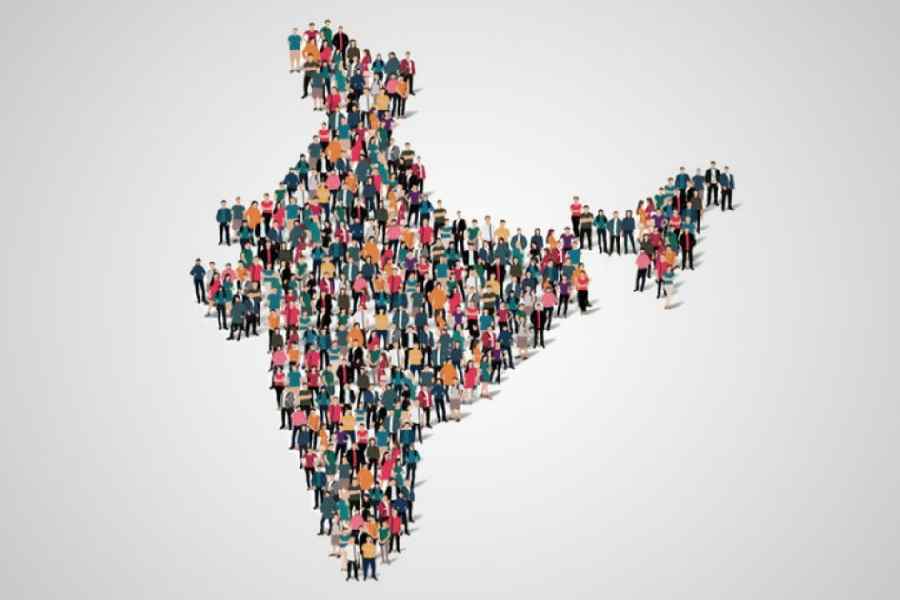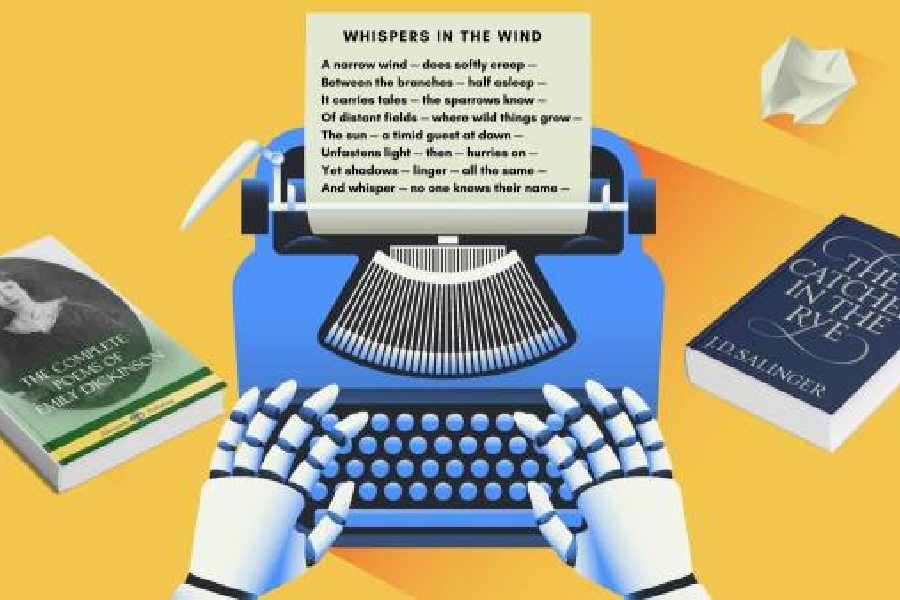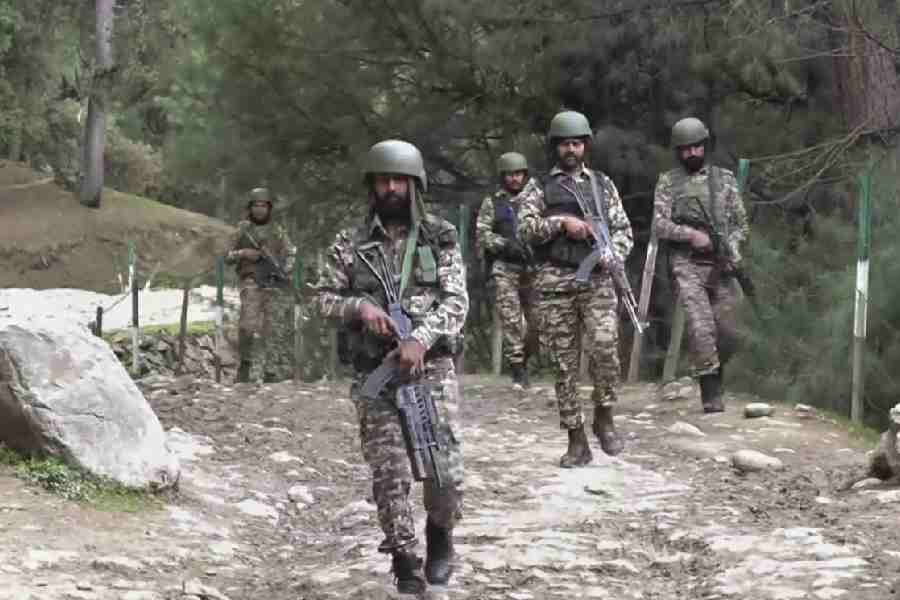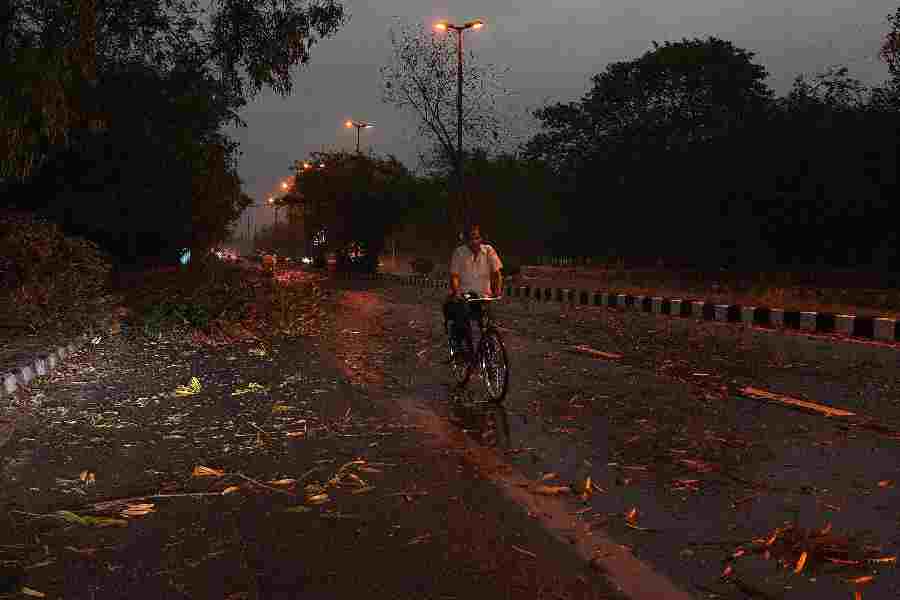 |
| Manoj Bajpai with Tigmanshu Dhulia in Gangs of Wasseypur |
What was it about the story that hooked you?
What excited me was the possibility to trace the story of the coal mafia from its emergence to how it has changed now.
Was Hansal Mehta supposed to direct the film before you stepped in?
The writers of the film had gone to Hansal before. He wanted to do it but he was toying with a couple of other ideas so they came to me. I was working on Bombay Velvet at the time but it didn’t seem like I was going to start the film anytime soon. So, I wanted to make Gangs of Wasseypur (GOW). When I got to know that Hansal had been approached, I called him. I was ready to make the film immediately, so he said ‘go ahead’.
Why did you decide to make GOW in two parts?
Because it is a long story and we need to sell as much popcorn as we can. (Laughs)
Do you fear the audience might not go back for the second part?
Not at all. It is the kind of film where people will eagerly wait for the second part to release. I haven’t had a single instance where someone has watched part one and not wanted to watch the second one immediately. Right from the editing stage, when we started showing the first part to people, they would refuse to leave if we didn’t show the unfinished part two. That’s why I think I am a little more confident.
Some people might think that I am sounding over-confident but…
Tigmanshu Dhulia (the director of Paan Singh Tomar and Saheb Biwi Aur Gangster) has the longest role in the film…
Tigmanshu is the best thing that happened to GOW. It wasn’t the intention. We just couldn’t find an actor to play his part. My casting director suggested Tigmanshu’s name. I knew he was right for the role, if only he agreed. We had to figure out a way to get him to say ‘yes’. We didn’t tell him the length of the role. We just told him there were a couple of really powerful scenes. Once he realised that his was the longest role, he cribbed in the beginning but he was hooked (laughs).
You are working with Manoj Bajpai after a very long gap, ever since you had a fallout before Paanch. What was the fight about?
There was no fallout. I was sulking… for 10 years. We had a great relationship. This was around the time when I was very disillusioned with the experiences on Mission: Kashmir, Water and with Ramu (Ram Gopal Varma) and I wanted to venture out and make my own film. We (Manoj and he) had a misunderstanding and I never clarified it. I had a massive ego so I ended up sulking for 10 years.
How different was it working with him on GOW compared to your previous experience of working as a writer on films that he acted in?
It was hugely different. To begin with, we are both a lot more mature. In those days, I was still trying to figure out how to go about things. Today, I know my way around. There was a lot of trust from both sides. Over the years, I have seen the brilliant work he has done for others.... He just did whatever I told him to. I made him lose weight, shave his head and wear a langot in minus-five degrees.
There are 340 actors in the film. It must have been a logistical nightmare.
The cast of 340 includes those without dialogue as well. The main cast is of about 50-60 actors. The film is set over three generations. So we shot the second generation first because Manoj had to go shoot for (Prakash Jha’s) Aarakshan and then shot the rest.
You’ve said in the past that you are a very economical filmmaker. Does that still work when you are making a two-part film with as large a canvas as GOW?
Of course it does. Considering the scale of the film, it should have actually cost Rs 70-80 crore. We managed it in Rs 18.5 crore, which is quite economical. We did enough preparation before we started shooting, so that brought down the costs. We shoot with lots of patience. We don’t create a shot, but wait for it to happen. Like there is a shot of the mines being blasted. I couldn’t afford to do that. So, we put up the camera and waited for it to blast. We shot over four months for about 100 days.
The film’s music is nothing like anything one has heard before in a Hindi film. What was your brief to Sneha Khanwalkar?
I wanted a very rooted sound that was slightly contemporary. The film’s music had to work in the setting of the film and yet appeal to everyone. It was a very tough brief. She only worked on GOW for three years!
Does a film going to a prestigious festival like Cannes do anything for it here in India?
In India, it gets us attention. But, it doesn’t end there. I have been going to these festivals for long enough to understand how to crack the non-India diaspora market and we have managed to do that for GOW. We have sold the film in countries like France, Brazil and Argentina. We are currently in negotiations for Australia, Germany and the Scandinavian countries.
You have always maintained that Danny Boyle is a friend and mentor. Has he seen Wasseypur?
I have a lot of international filmmakers, apart from Danny, who have always been very supportive of my work. Quite a few of them have seen my work. I had sent the movie to Danny a while ago and he has watched it.
In a recent interview you mentioned that Bollywood hasn’t supported you...
I was misquoted in that interview. I was asked ‘Why did you start going to international film festivals’. I had said because my films weren’t releasing and Bollywood was not supporting me. Bollywood didn’t support me then. I have always also had tremendous support from directors like Zoya and Farhan (Akhtar), Imtiaz (Ali), Vishal (Bhardwaj), Dibakar (Banerjee) but they were not in a position to help me out. But people who control the business — producers and distributors — didn’t and that’s why I had to go out to film festivals. When studios came into being, they backed me. Obviously, since 2008, things have changed.
Dark and edgy are two words routinely used to describe your films. Do you ever see yourself moving out of your comfort zone?
I have always maintained that I don’t think I make dark and edgy films. These are just relative terms. We watch so much candyfloss that anything that is even a little real, seems dark. I remember when I made Paanch, people said it was the darkest film of that time. I think if it releases today, no one will be shocked. I don’t see myself ever making a film that is not rooted in reality. Doga, the superhero film that I am going to make, is also rooted in reality, just like Dark Knight which is a realistic superhero film. I want to make a love story or a comedy but I will do it my way.
You have always been a champion of small films. So how are you a part of something like Phantom, that is like any other studio?
Phantom is a super-system for my production house. Phantom will largely be working with other studios. My production house AKFP (Anurag Kashyap Films Pvt. Ltd.) will not be making films with studios after GOW and Aiyya. We only make independent films with funding from outside. Filmmakers will make their first films with AKFP and if they are good enough to make bigger-budget studio films they will move on to Phantom. AKFP’s agenda will be to find real voices and new talent.
What is happening with Bombay Velvet and Doga?
Bombay Velvet will go on the floors next year in April. I am very happy that I will be working with Ranbir Kapoor. He is such a fine actor. His star status makes it easier for me to make the film. Doga will be after Bombay Velvet.


